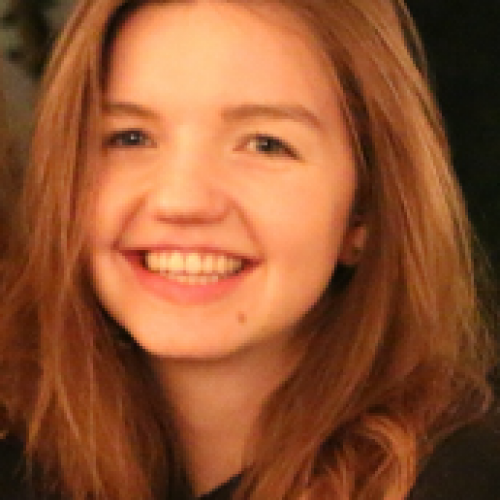
Light Pollution and Ecophysiology

Group profile

Conceptual figure depicting how artificial light at night (ALAN) increases the flux of aquatic insects into the riparian area through an increase in emergence under lamps and increased attraction of aquatic insects to light. The community of riparian ground-dwelling predators and scavengers is altered in the lit area and some night-active riparian spiders extend their activity into the day. Both likely are the result of the large increase in input of freshwater-derived prey. | Image: Manfrin et al. Front. Environ. Sci. 5:61, doi: 10.3389/fenvs.2017.00061
Artificial light at night is widespread and increasing at a rate of around 2-6% a year worldwide. Because it has been introduced in places, times and at intensities at which it does not naturally occur, artificial light has becoming a potential threat to biodiversity. Despite the ubiquity of artificial light, its effects on ecosystems, especially freshwaters, have not yet been extensively studied. Our research thus largely focuses on biological impacts of artificial light on a wide range of biological processes, from gene expression to land-water-interactions and ecosystem functions. At the moment we are running large-scale field experiments at two different ecosystems: we assess the impact of streetlights on grassland-ditch systems in the Dark Sky reserve Westhavelland (BfN/BMUB) and the impact of simulated skyglow at LakeLab in Lake Stechlin (SAW ILES). Another important research domain is getting a comprehensive quantitative understanding of the amount of light in the nocturnal (SAW ILES) and the diurnal (IGB-Frontiers, SAW CONNECT) environment in a combination of satellite and ground based measurements for monitoring of and with light (remote sensing). In addition, our aim is to directly transfer knowledge into society, e.g. in a combination of transdisciplinary communication and citizen science involvement (EU Horizon-2020 STARS4ALL, BfN/BMUB).

Ranges of exposure that animals experience and respond to with natural variation in light and light intensities observed with ALAN (here using human-centric metric lux). Illuminance during day, twilight, and night as a function of elevation angle of sun and moon; yellow solid line—sun illuminance on clear day, gray dashed line—moonlight full moon. (Figure from Hölker et al. Front. Ecol. Evol. 9:767177 doi: 10.3389/fevo.2021.767177)

Experimental field site in Westhavelland Nature Park. | Photo: Maja Grubisic / IGB

Illuminated enclosures of the IGB LakeLab. | Photo: A. Jechow / IGB
The novel luminaire developed with Selux and TU Berlin in project AuBe during an insect sampling at the field site in Westhavelland | Foto: G. Kalinkat / IGB
Group members
Alumni
Scientists
- Dr. Chris Kyba
- Dr. Ulrike Scharfenberger
- Dr. Alessandro Manfrin
- Dr. Roy van Grunsven
- Dr. Elizabeth Perkin
- Dr. Annette Krop-Benesch
- Dr. Gregorio López Moreira
- Dr. Antje Kerkow
Students
- Carsten Weißenborn (Master FU Berlin)
- Nadine Weiß (Diplom FU Berlin)
- Nina-Sophie Weiß (Master FU Berlin)
- Judith Kühne (Master FU Berlin)
- Simon Hansul (Master FU Berlin)
- Olivia Weis (Master FU Berlin)
- Mona Storms (Master FU Berlin)
- Michele Bonazzi (Master Universität Trento)
- Hannes Schäricke (Bachelor Hochschule Zittau/Görlitz)
- Alina Filipp (Bachelor HU Berlin)
- Anna Slopianka (Bachelor HU Berlin)
- Pauline Staroske (Bachelor FU Berlin)
































